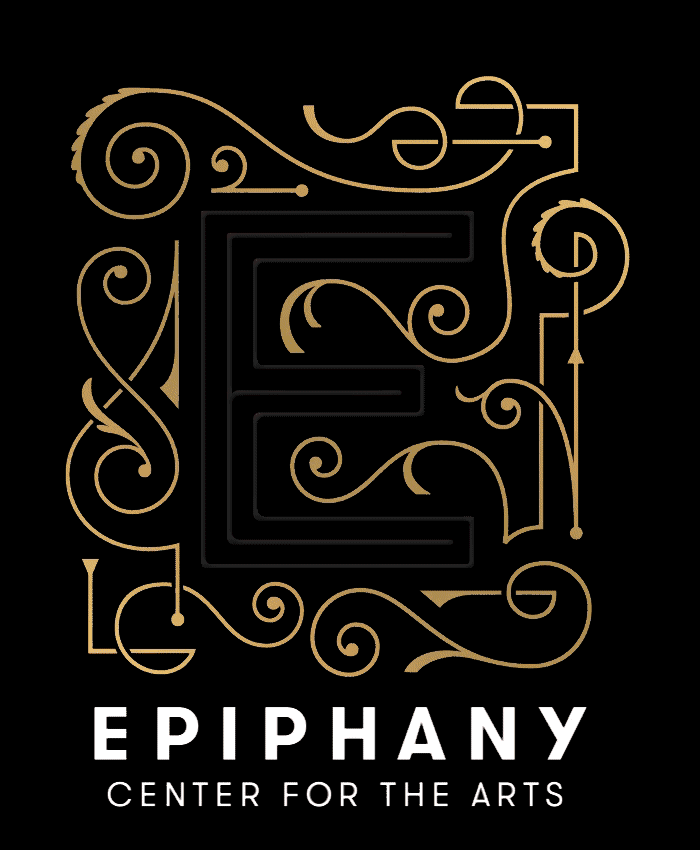Friends Of The Gamelan Presents “ Classical Music Of Central Java

Friends of the Gamelan presents “Classical Music of Central Java” take place on October 16, 2021. Located in Epiphany Center for the Arts 201 S. Ashland Ave Chicago Illinois. Friends of the Gamelan, affectionately know as FROG, traces its roots to the World’s Columbian Exposition of 1893, held in Chicago. FROG formed in 1980 as a not for profit educational organization with the purpose of purchasing a Javanese gamelan for pedagogy and performance to continue the work begun at the Field Museum.
Friends of the Gamelan is one of Indonesia’s Consulate General in Chicago close partners. Throughout the years, FROG has contributed greatly in spreading Indonesia’s culture and make it not only familiar to the people of Chicago, but also make them fall in love with it. Naturally, since the spreads of Indonesian Culture is one of the Consulate’s mission, the two have joined forces for many years.
Representing the Consul General, the Consul for Information, Social and Cultural Affairs Benny. K Rahman reiterated the Consulate’s supports for FROG. He also mentioned special appreciation for the collaborating artists and wish that FROG and the Consulate can work together in a project very soon.
The Javanese Gamelan performed in this afternoon’s performance was themed Classical Music of Central Java. Gamelan which means “to hammer”, refers to a type of ensemble or orchestra primarily consisting of gongs and metallophones. A complete set of gamelan instrument has two tunings, slendro and pelog. The slendro tuning system uses five notes to the octave that are fairly evenly spaced, whereas pelog uses seven notes that are unevenly spaced. Gamelan music is communal in nature. It involves instruments that are played very rapidly and frequently, alongside instruments that are struck infrequently in comparison, yet all instruments are integral and equally important to completing the sound of the ensemble.
The Concert begins with Gobet, a classical palace style composition which focuses on the melody of the rebab, sindhen, and other soft style decorative instruments. The first section or merong is very stately and ethereal. The Inggah section begins with a slightly faster tempo than the merong, however still calm and contemplative. Gobet ends with a pathetan, a free rhythm section led by the rebab, in which the elaborating instruments accent the most important tones in the mode of the piece, creating a sense of closure.
Majemuk is a popular piece often played at wayang, or shadow puppet performances. Today’s rendition includes a larger suite that is typically heard at unaccompanied performances or klenengan. The suites continues Bedhat, where the rebab player and vocalist borrow notes from the pelog tuning system, evoking sadness. Bedhat ends with a loud and fast explosion of sound , leading into Ada-Ada Girisa. A song typically sung by the dhalang (puppeteer) at wayang and only accompanied by the gender instrument. Srepegan Pinjalan a catchy syncopated melody from the balungan instruments. The final Part of the suites is Palaran Gambuh, a song featuring sindhen with elaborative instruments.
Ela-Ela Penganten can be heard in both the palace and villages of central Java. It begins with a refined merong section which has shorter phrases between gong strokes. The rhythms from the elaborating instruments become more frenzied, singers add voval cries to sweeten the sound, and there are several brief interludes for the solo female vocalist. Jineman are short vocal compositions that use a chamber ensemble instrumentation. Uler Kambang is one of the most popular jineman in the Central Javanese repertoire, in part due to the virtuosic passages sung by the sindhen.
The Concerts end with a suite that utilizes both the pelog and slendro tuning systems. Jongkeri is a popular village style composition in pelog. Ayak-Ayakan Pamungkas begins with three deep strokes from the dummer. Over the years, Pamungkas has become a staple composition for ending performances throughout Central Java. A chorus is sung in the middle section of the piece, with only soft style instruments accompanying, giving the feeling of completion and closure.
(Source: the Indonesian Consulate General in Chicago)
###
About Epiphany Center for the Arts
Conceived with the vision to return Epiphany to a place for people to congregate, the shuttered, historic Church of the Epiphany has been preserved and adapted into the Epiphany Center for the Arts, an iconic cultural hub “For the Good of Art, Entertainment and Events.” Thoughtfully designed, the exemplary 42,000-square-foot campus located on the artsy edge of Chicago’s West Loop neighborhood boasts three distinct venues (Epiphany Hall, The Sanctuary and The Chase House) and a stunning array of amenities. The campus also features eight galleries that serve as a platform for a diverse selection of artists from Chicago and beyond. Epiphany’s exhibitions showcase the work of women, the LGBTQIA community, artists of color, and the disability culture. Epiphany’s top priority is to curate programming that is inclusive, while providing a place established artists can collaborate with emerging ones. Epiphany’s programming serves to unite community and artists alike while “Bringing Chicago Together.” Visit www.epiphanychi.com to learn more.


